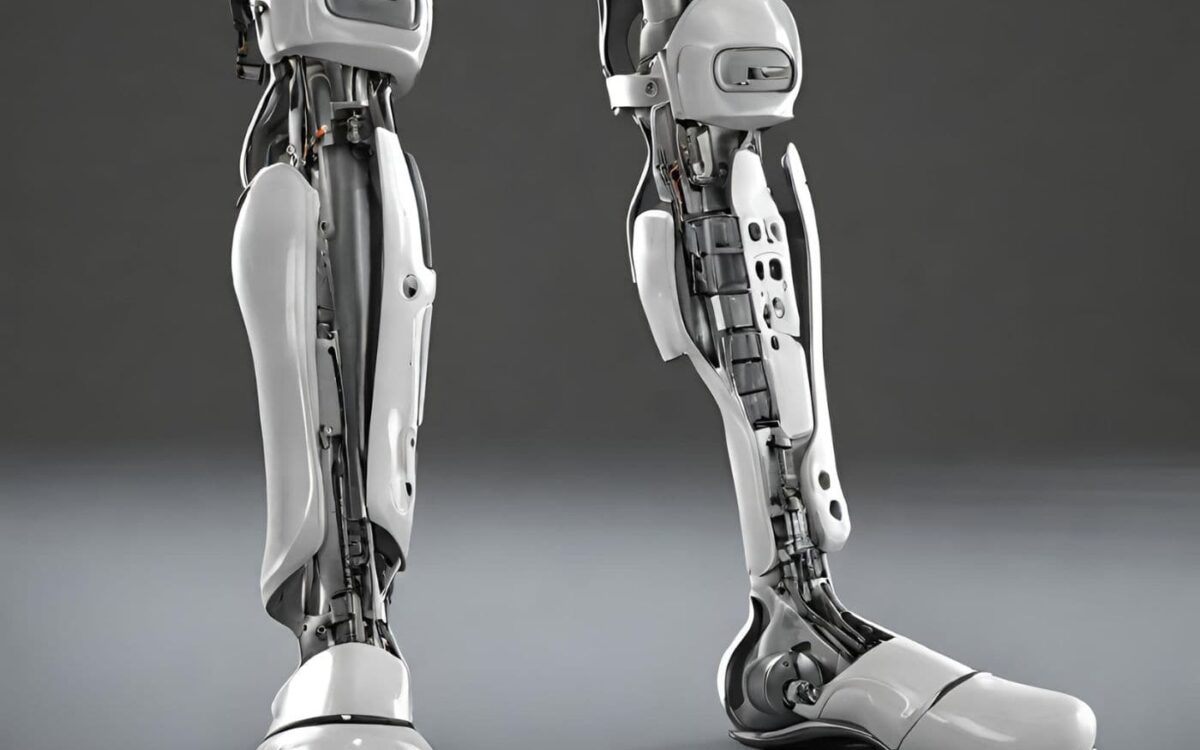Introduction
Imagine a world where the limitations imposed by injuries or disabilities no longer dictate daily life. However, recent advancements are pushing the boundaries even further, venturing beyond mere restoration and embarking on a path of reimagination one that promises not just physical function but an enhanced quality of life. From osseointegration techniques for above the knee prosthetics to intuitive prosthetic hands, innovation in this field is revolutionizing movement and empowering individuals to embrace their full potential.
From Restoration to Reimagination: The Evolving Landscape
Traditionally, the primary focus of orthotics and prosthetics has been on restoring mobility and independence for individuals with disabilities or injuries. This remains a core function, allowing individuals to perform daily tasks and regain control over their lives. However, the landscape is evolving. A more holistic approach is emerging, aiming not only to restore physical capabilities but also to improve overall well-being and quality of life.
This shift is evident in recent advancements. For instance, prosthetic hands with improved dexterity are allowing individuals to perform more intricate tasks, fostering a sense of accomplishment and independence. Imagine a musician regaining the ability to play their instrument or an artist being able to hold a paintbrush with newfound dexterity these are just a few examples of how advancements are contributing to an enriched quality of life beyond simply restoring basic movement.
Revolutionizing Movement: Key Areas of Innovation
Three key areas are driving innovation in orthotics and prosthetics, revolutionizing movement and pushing the boundaries of what’s possible:
1. Materials Science: Advancements in materials science are leading to the development of lighter, stronger, and more durable materials like advanced composites. This translates to lighter prosthetics, such as above-knee prosthetics, improving comfort, energy efficiency, and overall user experience. Additionally, these materials can withstand greater wear and tear, increasing the lifespan of the device.
2. Microprocessors and Sensors: The integration of microprocessors and sensors is transforming prosthetics into intelligent devices. These technologies enable more intuitive and responsive prosthetics that can adapt to different environments and situations. For example, a prosthetic knee with embedded sensors can adjust its resistance based on the terrain, providing a more natural walking experience. Similarly, prosthetic hands equipped with microprocessors can detect pressure and adjust grip strength accordingly, allowing for more controlled and precise movements.
3. Brain-Computer Interfaces (BCIs): While still in its early stages, Brain-Computer Interfaces (BCIs) hold immense potential for the future of prosthetics. These interfaces allow individuals to control prosthetic limbs directly through their brain signals. Imagine controlling a transhumeral prosthesis, which replaces both the arm and shoulder, with just your thoughts. This technology has the potential to revolutionize how individuals interact with their environment and experience a more natural and intuitive connection with their artificial limbs.
Beyond the Physical: Addressing Emotional and Social Needs
Living with a disability or injury can often extend beyond physical limitations and impact an individual’s emotional and social well-being. Feelings of isolation, frustration, and even depression can be common, further hindering their quality of life. Fortunately, advancements in orthotics and prosthetics are addressing these challenges by not only focusing on physical function but also incorporating design and customization that contribute to improved self-esteem and social integration.
One key aspect is the increased focus on aesthetics. Prosthetic limbs are now available in a wider range of colors and designs, allowing individuals to express their unique personalities and feel more confident in their appearance. Additionally, advancements in materials and manufacturing techniques allow for the creation of more natural-looking transhumeral prosthesis, further reducing the stigma associated with artificial limbs and fostering a sense of normalcy.
Furthermore, certain advancements are specifically designed to improve social interaction. For example, prosthetic hands with improved dexterity allow individuals to engage in activities like shaking hands or using everyday objects, facilitating easier interaction with others and fostering a sense of connection. These seemingly simple actions can have a profound impact on an individual’s social life and overall well-being.
The Road Ahead: Embracing the Future
As with any powerful technology, advancements in orthotics and prosthetics necessitate careful consideration of ethical implications. Issues surrounding access, affordability, and equity in obtaining these life-changing devices require ongoing discussion and solutions. Additionally, the increasing sophistication of these technologies raises questions about the definition of human identity and the potential blurring of lines between human and machine.
However, the potential of these advancements to improve the lives of millions globally cannot be overstated. Imagine a future where individuals with disabilities or injuries can not only move freely and independently but also participate fully in all aspects of life, unhindered by limitations. This future is closer than ever, thanks to the dedication and ingenuity of researchers, engineers, and healthcare professionals working tirelessly to push the boundaries of what’s possible.
